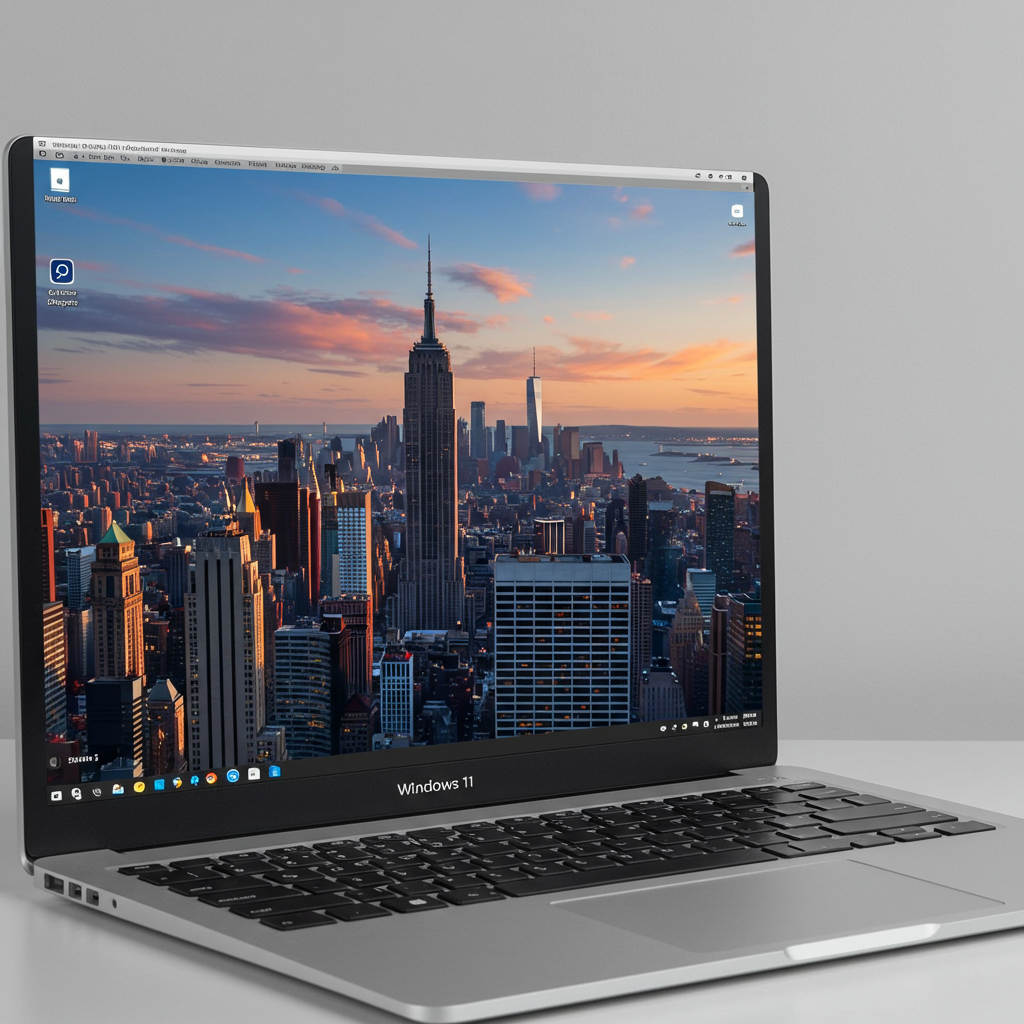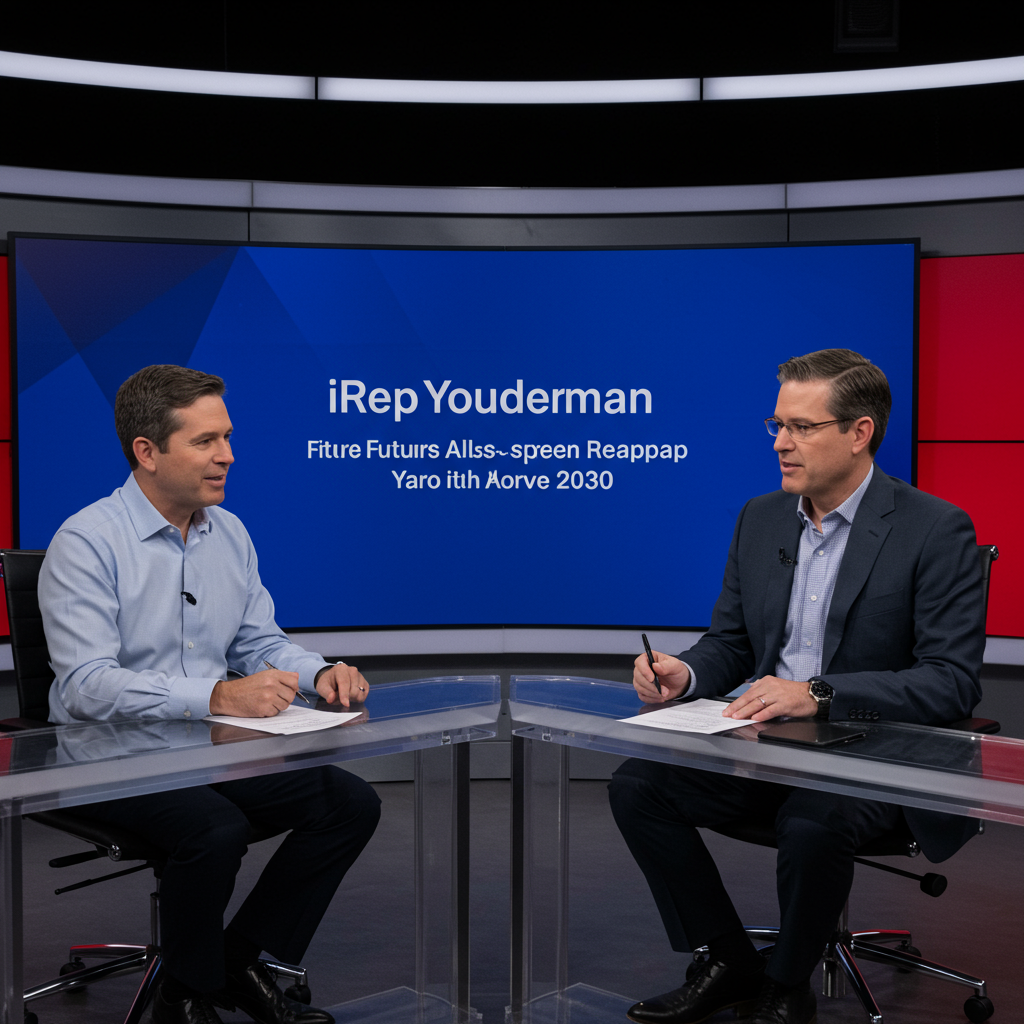Get ready to transform your desktop experience: Windows 11 is bringing back live video wallpapers, a feature long requested by users. Echoing the iconic DreamScene from Windows Vista, this highly anticipated return is poised to offer dynamic, engaging desktop backgrounds without needing third-party tools. Microsoft is currently testing this native integration, signaling a significant enhancement to desktop personalization. Users can look forward to a more vibrant and responsive computing environment, moving beyond static images to a fluid, animated display. This isn’t just nostalgia; it’s a modern take on a classic idea, optimized for today’s powerful hardware.
The Return of a Cult Classic: Windows DreamScene Reimagined
Many veteran Windows users will recall DreamScene, an innovative feature exclusive to Windows Vista’s Ultimate edition nearly two decades ago. It allowed users to set video files as their desktop backgrounds, creating a dynamic and visually appealing interface. However, its initial run was plagued by performance concerns and compatibility issues. During the Vista era, processors and graphics cards often struggled with continuous video decoding. This resource-heavy approach led to choppier video playback and significant system overhead, contributing to its eventual discontinuation with Windows 7.
Fast forward to Windows 11, and Microsoft is reviving this concept with a fresh perspective. The “spiritual successor” to DreamScene leverages modern advancements in hardware acceleration and rendering. Today’s PCs boast vastly superior processing power and dedicated graphics capabilities, making continuous video playback a far more viable and efficient endeavor. This reintroduction isn’t just about revisiting old ideas; it’s about perfecting them with contemporary technology.
What’s New in Windows 11’s Video Wallpaper Implementation?
The new Windows 11 live wallpapers integrate seamlessly into the operating system. Spotted in recent Dev/Beta builds (specifically 26×20.6690), this functionality supports a wide array of common video formats. Users will be able to set popular files such as MP4, MKV, MOV, WMV, AVI, and WebM as their dynamic desktop backgrounds. This broad compatibility ensures that most existing video content can be easily utilized.
A key improvement over the original DreamScene lies in its focus on efficiency. Microsoft has engineered this implementation to minimize battery drain and system resources. The feature utilizes the Media Foundation framework and the Desktop Window Manager (DWM), both optimized for smooth playback with minimal performance impact. To further conserve power, especially for laptop users, Microsoft is exploring options to pause video playback when a device is on battery power or when full-screen applications are in use. This intelligent resource management addresses a major drawback of its predecessor, making animated backgrounds a practical daily option.
While popular third-party solutions like Wallpaper Engine offer extensive customization and interactivity, Microsoft’s native approach is deliberately simpler. It provides a built-in, lightweight option for users seeking animated backgrounds without the potential security risks or performance overhead often associated with external tools. The current iteration focuses solely on the desktop background, not extending to the lock screen like some macOS alternatives. This streamlined design ensures stability and integration, making Windows 11 DreamScene a core part of the personalization experience.
How to Get Dynamic Desktop Backgrounds on Windows 11 Now
For eager users wanting to experience dynamic desktop backgrounds immediately, the feature is currently available through the Windows Insider program. This allows tech enthusiasts to test upcoming features before their official public release.
Here’s a step-by-step guide for Windows Insiders:
- Enroll in the Windows Insider Program: Ensure your Windows 11 device is opted into the Dev or Beta channels. You’ll need to be running build 26×20.6690 or newer.
- Enable Feature ID: Use a third-party tool like Vivetool (often used by Insiders to activate experimental features) to enable
feature ID 57645315. This command typically requires administrator privileges. - Restart Explorer.exe: After enabling the feature ID, open Task Manager (Ctrl+Shift+Esc), locate “Windows Explorer” under the Processes tab, and restart it. This applies the changes.
- Access Personalization Settings: Once restarted, navigate to Windows Settings > Personalization > Background. You should now find an option to select a video file for your desktop background.
- Cyclical Feature Development: This move highlights Microsoft’s iterative approach. Features once deemed impractical due to technological limitations can return, empowered by hardware and software advancements. DreamScene is a matured realization of Vista’s ambitious but flawed vision, now tailored for a modern audience.
- www.techpowerup.com
- www.webpronews.com
- www.pcworld.com
- www.tomshardware.com
- techeconomy.ng
It’s important to remember that this is an experimental feature. Its behavior and availability may change as Microsoft continues development. While manual activation is required for Insiders now, the eventual public release will likely integrate this option directly into the Personalization settings, making it much easier to use.
Performance and Practical Considerations for Live Video Wallpapers
The reintroduction of video wallpapers in Windows 11 comes with significant technological advancements aimed at mitigating previous performance drawbacks. Modern PCs with robust CPUs and GPUs are far better equipped to handle continuous video decoding. Microsoft’s use of optimized frameworks like Media Foundation and DWM further ensures a smoother experience.
However, users should still be mindful of potential impacts, particularly on older hardware or laptops:
GPU Usage: Early testers have reported an increase in GPU utilization. While this is expected, it could impact systems with integrated graphics or less powerful dedicated GPUs.
Battery Life: For mobile users, enabling animated backgrounds will invariably consume more power than a static image. Microsoft’s efforts to pause playback on battery power are crucial here, but overall battery life might still see a reduction.
Multi-Monitor Setups: Compatibility and performance across multiple displays, especially high-resolution ones, will be a critical area for optimization before a broad rollout.
Resolution and Codec: The quality and encoding of the video file itself will play a role. Optimized, lower-bitrate videos will perform better than uncompressed or very high-resolution clips.
Despite these considerations, the general consensus among observers is that the feature is significantly more viable now than it was during Vista’s era. The success of third-party alternatives like Wallpaper Engine demonstrates that modern hardware can indeed handle dynamic backgrounds without debilitating slowdowns. Microsoft’s native solution aims to provide a reliable, efficient alternative directly within the operating system.
The Broader Implications: Why Microsoft is Bringing DreamScene Back
Microsoft’s decision to reintroduce Windows 11 live wallpapers is more than just a nostalgic nod. It represents a strategic move to enhance the user experience and address long-standing demands for greater personalization.
Responding to User Demand: The widespread popularity of third-party dynamic wallpaper applications clearly signals a strong user desire for such functionality. By integrating it natively, Microsoft aims to meet this demand directly, offering a secure and seamless option.
Competing with Third-Party Solutions: With millions of users adopting tools like Wallpaper Engine, Microsoft is positioning its native solution to compete. While less feature-rich than some complex alternatives, the built-in option offers simplicity and guaranteed compatibility.
Enhancing User Engagement: Dynamic backgrounds can make the desktop feel more alive and engaging. This aligns with Microsoft’s broader strategy to deliver more immersive interfaces, as seen with features like Copilot and improved widget experiences.
Fostering an Ecosystem: The reintroduction could inspire developers to create optimized video content specifically for Windows 11. This might lead to a new ecosystem of dynamic themes available through the Microsoft Store, offering more choices to users.
While the exact public release timeline remains unconfirmed, industry watchers speculate it could be integrated into a major update in 2024 or 2025. This cautious approach likely allows Microsoft to conduct thorough bug testing and optimize the feature for broad compatibility and performance.
Frequently Asked Questions
What is the “DreamScene” feature returning to Windows 11?
The “DreamScene” feature is Microsoft’s native ability to set live video files as your desktop background in Windows. It was first seen in Windows Vista and is now being revived for Windows 11. This allows users to use common video formats like MP4 and MKV to create dynamic, animated desktop wallpapers, significantly enhancing desktop personalization. It integrates directly into the Windows Settings, providing a fluid and engaging visual experience without needing third-party software.
How can I enable live video wallpapers in Windows 11 right now?
Currently, live video wallpapers are an experimental feature in Windows 11 Insider Dev/Beta build 26×20.6690 or newer. To enable it, you must first join the Windows Insider program. Then, you need to manually activate “feature ID 57645315” using a tool like Vivetool and restart explorer.exe via Task Manager. Once these steps are completed, the option to select video files as backgrounds will appear in your Personalization settings.
What are the performance considerations for using Windows 11 live wallpapers?
While modern hardware is better equipped to handle video wallpapers, there are still performance considerations. Early reports indicate potential increased GPU usage, which could affect older systems. Laptop users might experience increased battery drain, though Microsoft is exploring ways to pause playback on battery power or when full-screen apps are in use. The feature leverages optimized frameworks to minimize impact, but users with less powerful machines or those prioritizing battery life should monitor performance.
Conclusion
The revival of DreamScene in Windows 11, bringing native live video wallpapers back to the desktop, marks an exciting chapter in desktop customization. What was once a performance drain in Windows Vista is now poised to become a seamless, efficient, and visually captivating experience thanks to modern hardware and Microsoft’s optimized implementation. While still in its testing phase for Windows Insiders, this feature represents Microsoft’s commitment to delivering an engaging and personalized user experience.
As this functionality matures, it has the potential to redefine how we interact with our desktops, offering a richer, more dynamic backdrop to our daily computing tasks. Stay tuned for official announcements, and consider joining the Windows Insider program if you’re eager to try out this ultimate personalization upgrade firsthand. The era of static backgrounds is truly giving way to a more vibrant and animated future.



